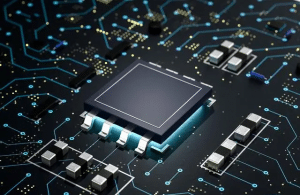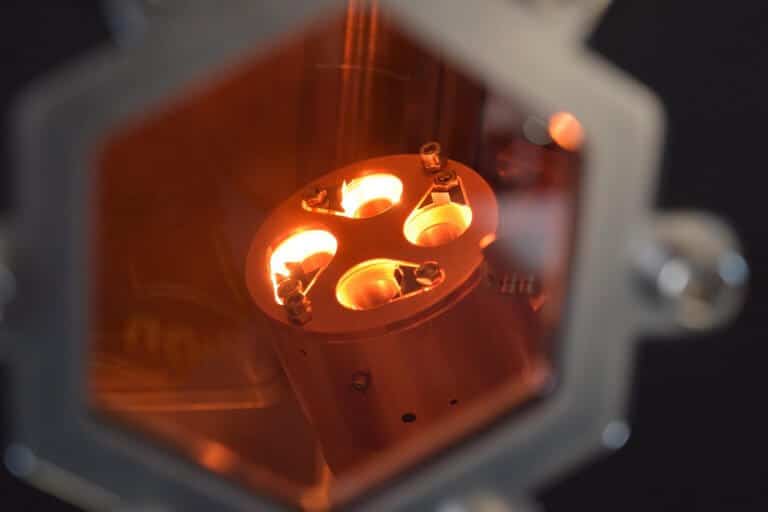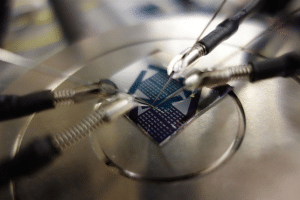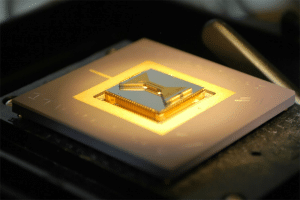
Difference between LPCVD and PECVD

By operating at high temperatures in low pressure environments, LPCVD produces high quality, dense and uniform films that meet the stringent requirements of high performance electronics, while PECVD utilizes plasma-enhanced chemistry to achieve efficient film deposition at lower temperatures, especially for temperature-sensitive substrates. Choosing the right thin film deposition technology provides superior product quality and productivity.
LPCVD (Low Pressure Chemical Vapor Deposition)
LPCVD technologyIt is uniquely suited for high-tech manufacturing, mainly in the semiconductor and microelectronics industries. By operating at high temperatures in low pressure environments, LPCVD is able to produce high quality, dense and uniform films that meet the stringent requirements of high performance electronics.
Core Advantages: The
- High quality film: LPCVD deposits films with extremely high uniformity and density, few defects and low stress, suitable for applications requiring high precision and reliability.
- Wide range of material suitability: Capable of depositing a wide range of key materials such as Silicon Dioxide (SiO₂), Silicon Nitride (Si₃N₄), and Poly-Silicon (Poly-Si) to meet a variety of complex process requirements.
- high temperature deposition: LPCVD is suitable for high-temperature resistant substrates, providing excellent film quality for electronics that operate in high-temperature environments.
Applications: The
- semiconductor industry: Manufacture of high-performance integrated circuits, transistors, memory devices, etc.
- Micro Electro Mechanical Systems (MEMS): Production of precision micromechanical structures and sensors.
- optoelectronic device: Preparation of high-quality optical coatings and protective films
PECVD (Plasma Enhanced Chemical Vapor Deposition)
PECVD technologyAn integral part of modern electronics manufacturing due to its low-temperature deposition capabilities, PECVD utilizes plasma-enhanced chemistry to achieve highly efficient thin film deposition at lower temperatures, making it particularly suitable for temperature-sensitive substrates.
Core Advantages: The
- low-temperature deposition: PECVD operates in the low temperature range of 100°C to 400°C and is suitable for temperature sensitive materials such as plastics, flexible electronics and organic substrates.
- versatility: Capable of depositing a wide range of materials, including silicon dioxide (SiO₂), silicon nitride (Si₃N₄), diamond-like carbon (DLC), etc., to meet the needs of applications in different fields.
- High deposition rate: Plasma-enhanced reaction rate improves productivity and is suitable for large-scale industrial production.
Applications: The
- Semiconductors and microelectronics: For the manufacture of low-stress, low-defect insulation and passivation layers.
- optical device: Preparation of high-quality antireflective and filter films.
- solar cell: Deposits passivation and anti-reflection layers to improve photovoltaic conversion efficiency.
- MEMS and Sensors: Production of high-performance micromechanical structures and sensitive layers.
LPCVD drives chemical reactions through high temperature environments for high temperature resistant substrates and high performance applications, while PECVD utilizes plasma to enhance chemical reactions at low temperatures for temperature sensitive substrates and a wide range of multifunctional applications. This difference allows each process to be utilized in specific applications to meet different manufacturing needs.
For special customization needs or related process inquiries, please contact us!
We offer Chemical Vapor Deposition (CVD) OEM Customization Services, Feel free to leave a message to inquire.
Atomic Layer Deposition (ALD) Principles, Benefits, and Applications
Atomic Layer Deposition (ALD) Principles, Benefits and Applications Atomic Layer Deposition
Polysilicon film丨Various factors affecting the surface properties of polysilicon film
Polysilicon Film丨Various Factors Affecting Surface Properties Growing Polysilicon Film
Magnetron sputtering丨influence on the quality of thin films
Magnetron sputtering 丨the reasons affecting the quality of thin films Magnetron sputtering has a high speed, low



.jpg)